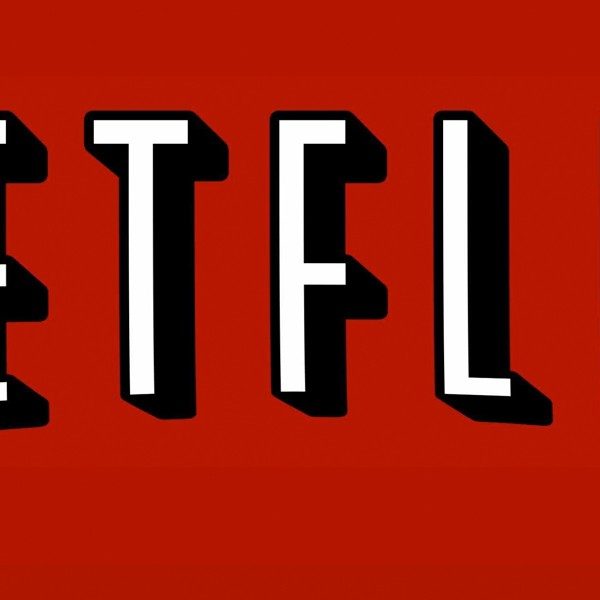

According to data presented at the TCA’s by NBC President of Research and Media Development Alan Wurtzel, viewers generally won’t start watching a series in the middle of its run unless they can instantly stream all prior episodes so they can catch up. Deadline reported Wurtzel’s description of the viewer’s desire for streaming content: “If I can’t see [previous] stuff before I go to the new episodes, I’m not gonna watch it”. Viewers are also far less likely to watch a series if a friend or other influencer doesn’t specifically suggest it, which presents a particular conundrum for networks: viewers won’t watch shows unless someone tells them a series is worth investing the time it takes to watch, and viewers also won’t watch shows unless they can instantly catch up to currently airing episodes by streaming prior episodes.
While some content providers, such as networks like AMC and services like Hulu, offer streaming of episodes aired in the past couple weeks or past month, they often exclude episodes that aired over a month ago. This represents a sort of gray area for all shows: episodes that are too old to stream for free on a network’s website, and too young to be uploaded to Netflix or Amazon Prime Video. In the course of a typical 22 episode network season, it’s easy for people to become discouraged from watching a series due to an inability to catch up in time for live episodes.
The findings presented by Wurtzel make it seem like opening up all past episodes of shows to streaming platforms is a logical choice for increasing viewership during airtime, however, Wurtzel has been critical of a streaming model in the past. As reported in an Adweek story from last January’s TCA Winter Press Tour, Wurtzel dismissed Netflix and streaming as a mainstream competitor to the traditional TV model, even referring to watching TV live as “watching TV the way that God intended—that is, via traditional, linear viewing”.
In his January report, Wurtzel characterized the overwhelming majority of TV viewers as those who watch during the ‘live-plus-three’ window, or those who view within three hours of a show’s airtime. This inherently contradicts his statements made at the Summer TCA’s, where he presented data that supports streaming availability as an avenue to increase live network viewership. Did Wurtzel so grossly underestimate the impact of streaming on the traditional network TV model just eight months ago? Perhaps Wurtzel was speaking specifically about streaming-exclusive content, like Netflix’s original series. However, that explanation fails to account for his defense of a robust ‘live-plus-three’ viewership. It appears as if NBC’s Research and Media Development chief has found himself in a complex policy conundrum: embrace streaming and possibly give up ad revenue by potentially decreasing live viewership, or double down on live TV?

